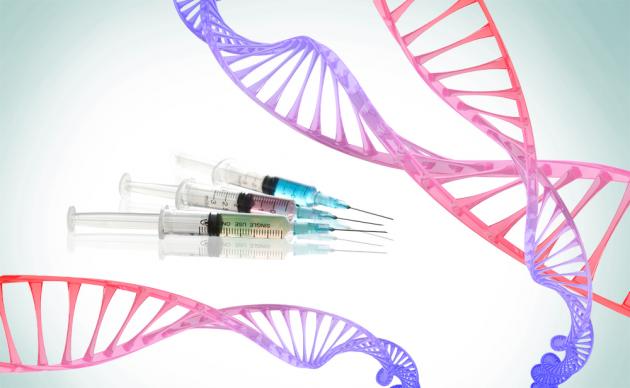Korean diabetes patients might have come one step closer to getting a stem cell treatment, with Johnson & Johnson’s unit Janssen Biotech completing its patent registration on insulin-producing stem cell research in Korea.
The company said its patent on the “differentiation of human embryonic stem cells” has been registered in the local market as of Sept. 29.

According to Janssen Biotech, its technology differentiates stem cells into insulin-producing cells, which can grow inside an animal’s organ. Observers raised the possibility that the new method could be used for a stem cell research on transplanting insulin-producing cells inside the bodies of diabetes patients.
The company’s culturing method does not generate neurogenin-3 (NGN-3), which can reduce cell’s ability to differentiate into insulin-producing cells when expressed, it said. Thus, Janssen Biotech’s approach of not making NGN-3 can improve the effectiveness of stem cells differentiating into insulin-producing cells, it added.
“In the prior research, we found that cells that express NGN-3 have a higher possibility of generating glucagon-producing cells rather than insulin-producing cells in additional differentiation,” the company said in a statement.
The temporarily control NGN-3 is important because it is still required for endocrine cell development in the pancreas, it added.
Janssen Biotech said its new method of stem cell differentiation would be able to minimize the expression of NGN-3 until an endoderm of the pancreas starts to differentiate toward endocrine precursor cells of the pancreas.
A research team led by former professor Moon Shin-yong of Seoul National University’s College of Medicine had created early-stage insulin-producing cells using human embryonic stem cells in 2005, for the first time in Korea. The team differentiated the cells by injecting a protein into stem cells.
Later on, Professor Shim Joong-hyun of Semyung University and his fellow researchers successfully differentiated stem cells into pancreas beta cells, which helped mice with diabetes normalize blood sugar levels.

